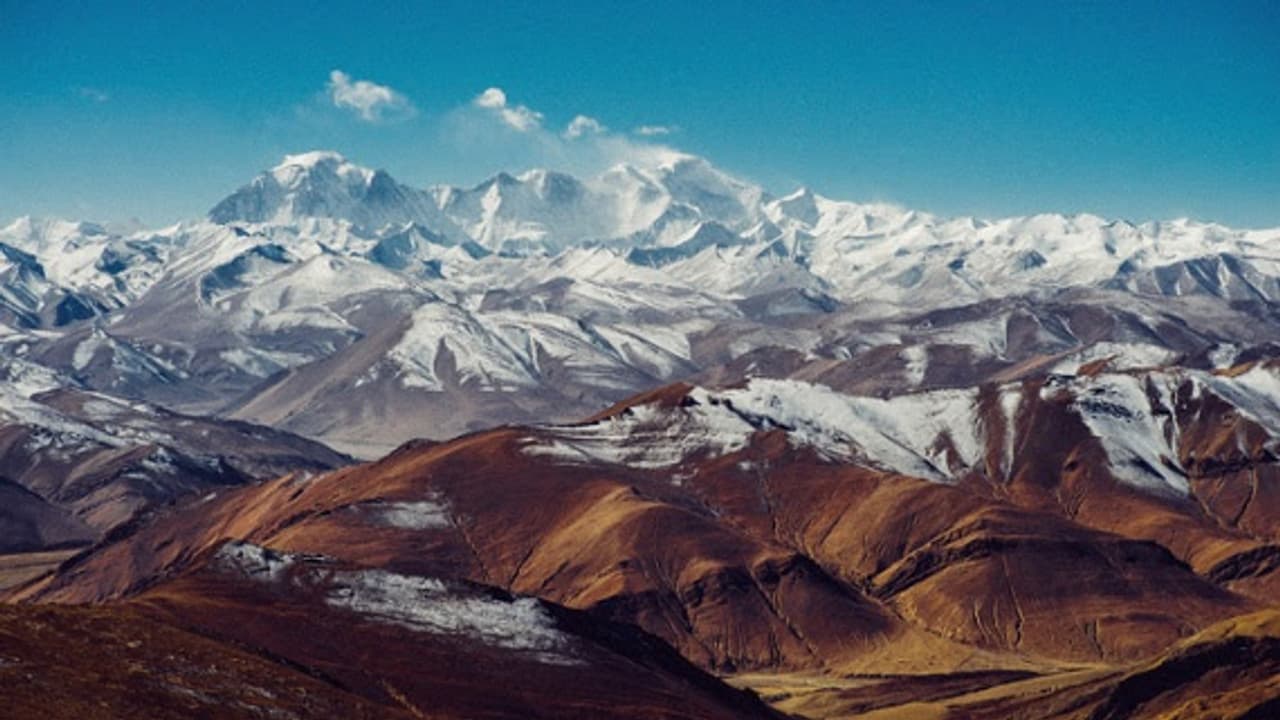A groundbreaking study reveals the Indian tectonic plate is splitting in two beneath Tibet, challenging previous assumptions about its movement and Himalayan formation.
A groundbreaking study has shattered long-held assumptions about the formation of the Himalayas, revealing that the Indian tectonic plate is splitting in two beneath Tibet, rather than sliding smoothly under the Eurasian plate. This seismic discovery, presented at the American Geophysical Union conference in San Francisco, has far-reaching implications for our understanding of continental dynamics and earthquake forecasting.

The research, led by geophysicist Lin Liu of Ocean University of China, employed advanced seismic imaging techniques to analyze data from 94 broadband seismic stations across southern Tibet. By combining S-wave, shear-wave splitting, and P-wave data, the team constructed a three-dimensional image of the plate's structure and movement.
Contrary to previous beliefs, the study found that the Indian plate is undergoing a rare process called delamination, where the denser lower portion of the plate is peeling away and sinking into the Earth's mantle, while the upper, lighter portion continues moving just beneath the surface. This peeling effect is not typical in continental collisions and suggests that the plate's base is deforming dramatically as it descends into the planet's hot interior.
Surprisingly, the team found that parts of the Indian plate appear intact, while others are fragmenting about 100 kilometers beneath the Earth's surface. Tectonic plates are tearing apart, rather than behaving like a rigid slab gliding under its neighbour. The Indian plate is showing signs of extreme internal stress and fragmentation, with some regions splitting and the lower half being sucked deeper into the mantle.
The discovery has significant implications for earthquake forecasting, as it provides a clearer understanding of the Indian plate's behaviour beneath Tibet. By refining their models with this new information, scientists can potentially forecast seismic events with greater accuracy.
The study's findings are supported by surface-level clues, including patterns of earthquakes and cracks across the Tibetan Plateau, as well as unusual chemical signs in local spring water, such as high levels of helium-3, a rare gas that usually comes from deep inside the Earth. These indicators suggest that the Indian plate's splitting is reshaping not just the mountains, but the Earth's crust itself.
According to Liu, "This revelation challenges long-standing assumptions about how the Indian plate is behaving beneath Tibet. It's a new chapter in our understanding of continental dynamics." The research team emphasized that this discovery can improve earthquake predictions and provide a clearer picture of how our planet is changing.
In essence, the Indian plate's splitting beneath Tibet revolutionizes our understanding of the Himalayas' formation and earthquake activity in the region. As scientists continue to unravel the mysteries of the Earth's crust, this groundbreaking study brings us closer to predicting seismic events and grasping the dynamic forces shaping our planet.
This new discovery shows that the Indian tectonic plate is splitting deep beneath Tibet, not just sliding smoothly as once thought. It's a big shift in how we understand the Himalayas and earthquake activity in the region. By uncovering what's happening underground, scientists hope to improve earthquake predictions and get a clearer picture of how our planet is changing.


